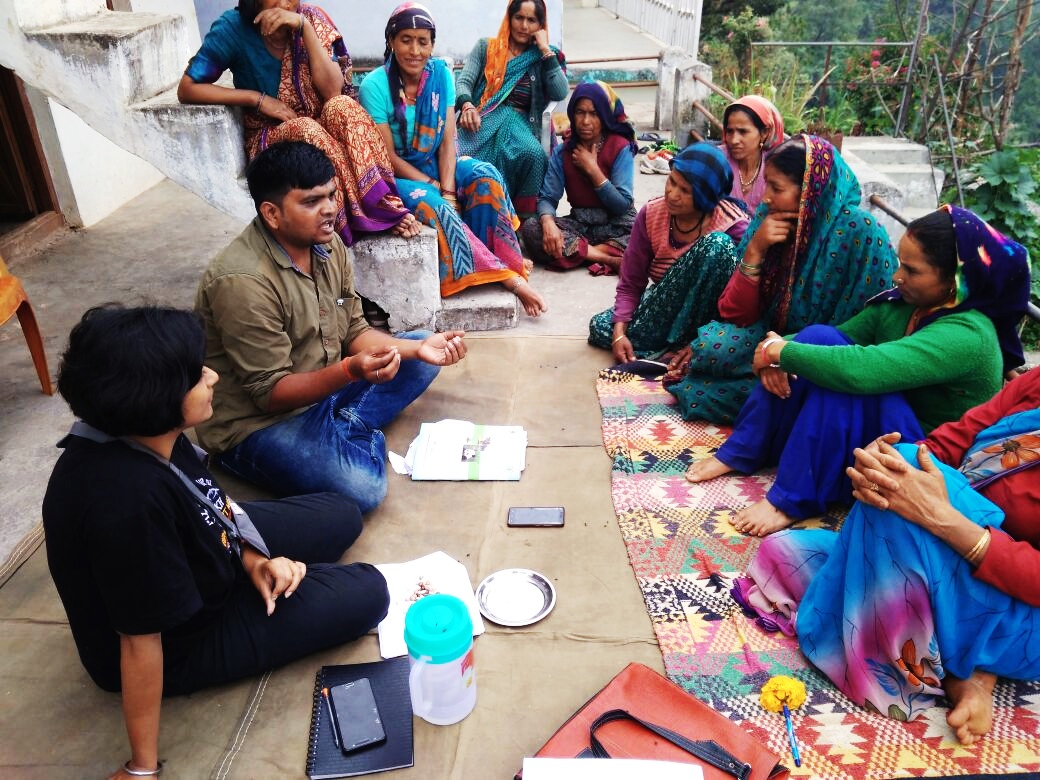Women Empowerment Through SHGs |
What is a woman’s place in the modern world? So many have asked this question and for so long. My one such direct faceoff with this question came when my father sought my opinion on it. From a father, to a daughter . What do you think is a woman’s place in the modern world? My response – That depends on who gets to answer this question. I am appalled and thrilled by how conveniently everyone ignores the inherent bias in this question . And don’t take me wrong while I say this but how does anyone get to assume that a ‘place’ for women must be defined and set forth to begin with. Half of the population must somehow be reduced to the role arrived at by a single conversation. No matter how broad that role is, it will be –by-nature–a reduction from the infinite variety that is womanhood. How can a one size fit all model be applied to anyone? There is and must not be any role for women, instead we must seek to diversify the entire discourse. Irrespective of a man or a woman there is a role for everyone, individually. But our empowerment , our strength lies , not in the role but the power to choose that role. That is the entire premise of feminism . Not equality, not empowerment, not fixation of roles . But the freedom to be able to make choices and decide your own role. The very fact that I have to make this point shows how deep rooted patriarchy is in our minds , and how subtle the control is . Allowing women to do as they want is not the point, the entire point is setting a woman free to make her own choices , even if those choices go against any one’s perception of right and wrong. The womenfolk of Uttarakhand are at the centre of our entire work in Uttarakhand , as stakeholders, managers and also as beneficiaries. The SKVK program in uttarakhand is a shining example of how women have moved forward not in fraternity, as a brotherhood but in their own unique sisterhood , lifting each other up, nourishing each other with love and support . We have been able to achieve this by the Self Help Group model of development which has found a strong footing in the rest of the country as well. | Volunteer Sewa International invites volunteers to come forward and support various initiatives by volunteering with us. |
SHGs – A Brief Introduction |
| A self help group is a village based financial intermediary committee usually composed of 10-20 local woman. The members make small regular saving contributions for a few months until there is enough capital in the group for lending. Funds may then be lent back to the members or other villagers . These SHGs are then further ‘linked’ to banks for delivery of micro credit. It lays emphasis on capacity building, planning of activity clusters, infrastructure build up, technology ,credit and marketing. |
Need for SHGs
|
|
Objectives of SHGs
|
|
SHG Bank Linkage – Why is it Important
| According to the Status of Microfinance in India 2009-2010 released recently by National Bank for Agriculture and Rural Development (NABARD) there are 69,53,000 SHGs in the country savings linked with banks and 48,51,000 SHGs having loan outstandings as on 31 March 2010. The estimated number of families covered under this model is about 970 lakhs. The total savings amount of all the SHGs with banks as on 31 March 2010 amounts to Rs.6198.71 crore and the total amount of loans outstanding against SHGs as on 31 March 2010 is Rs.28038.28 crore. The SHG-Bank Linkage Model is the largest financial inclusion programme in the world. Following is a brief account of how SHGs |
|
The next part of the article would discuss at stretch, specifically how our Uttarakhand SKVK project incorporates SHGs to drive change throughout the region by skill development and agriculture. It also delves into the details of how the mobilization process and the formation of SHG happens, how the day to day activities are conducted and how the monthly meeting process takes place. |



